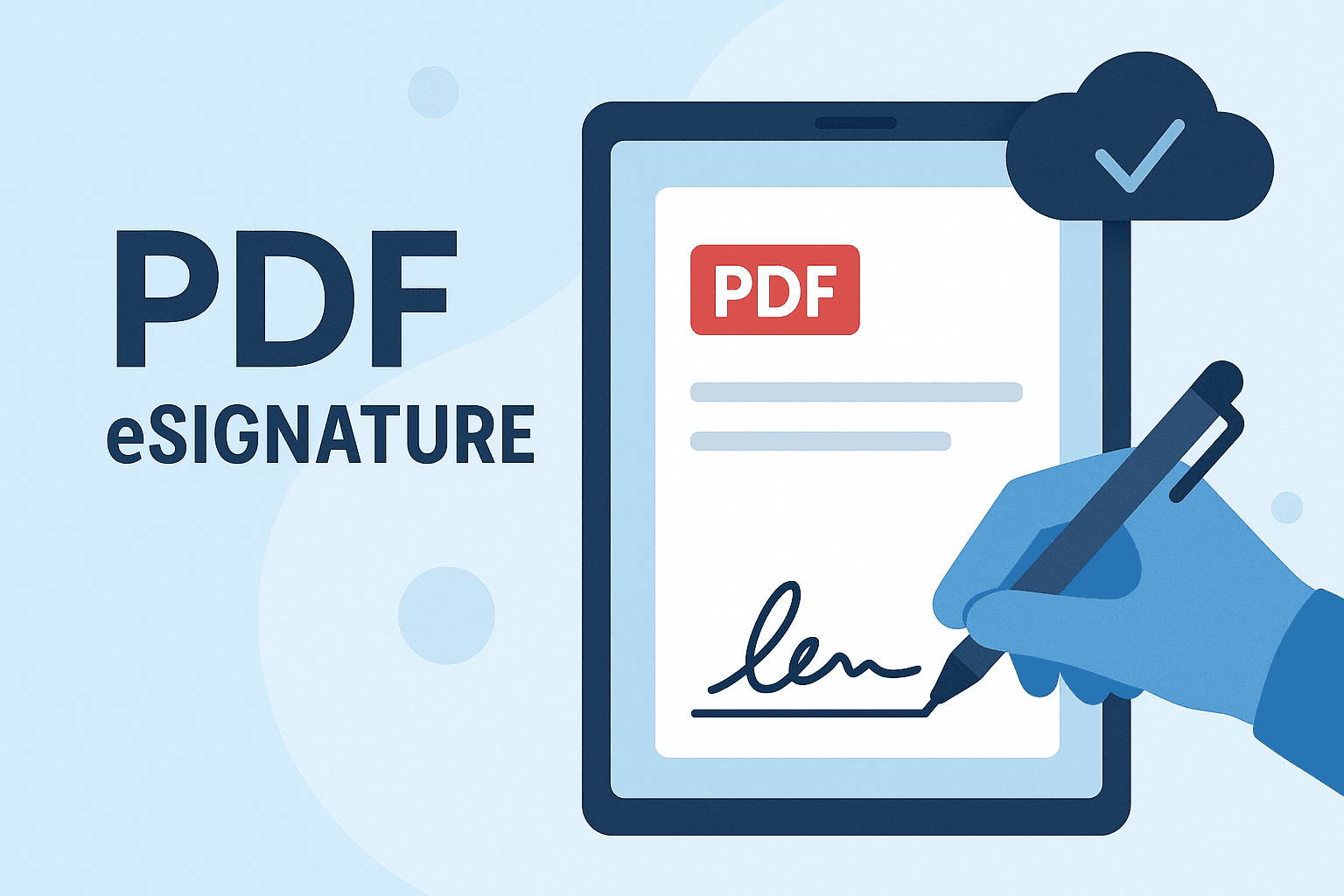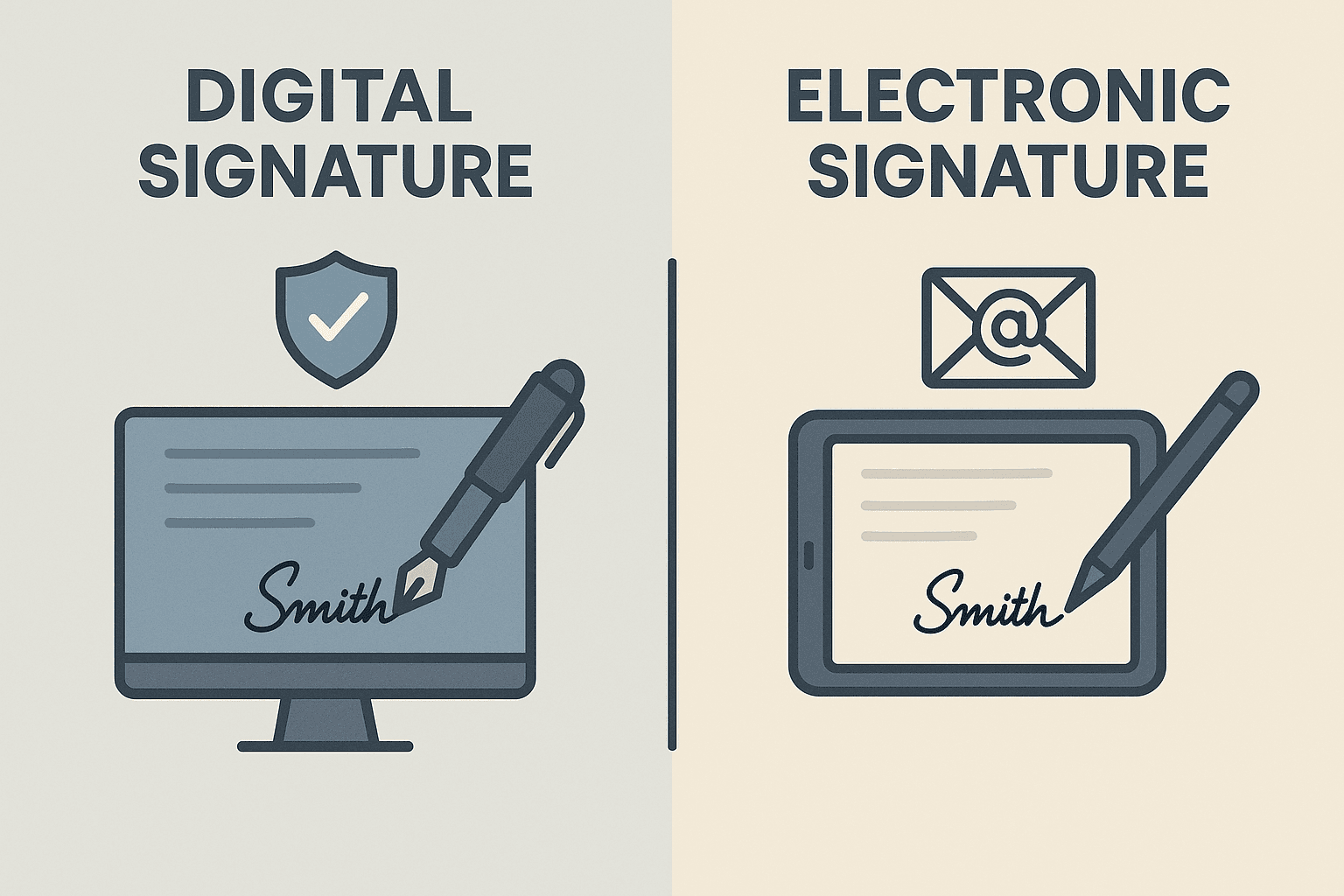WhatsApp or email with our sales team or get in touch with a business development professional in your region.
How to obtain a DocuSign certificate?





How to Obtain a DocuSign Certificate?
In the digital age, businesses and individuals rely heavily on electronic signature platforms to streamline document signing processes and maintain compliance with increasingly strict regional regulations. DocuSign, one of the most widely used eSignature services globally, offers a Certificate of Completion for each signed document as proof of an authenticated transaction. Understanding how to obtain a DocuSign certificate is not only essential for legal due diligence but also critical for businesses operating in regulated markets such as Hong Kong and Southeast Asia.
This guide walks you through how to access, download, and utilize the DocuSign Certificate of Completion effectively — with a focus on compliance with local legal terminology and requirements.
What Is a DocuSign Certificate of Completion?
The DocuSign Certificate of Completion is a digital document that provides an audit trail for every transaction signed using the platform. This certificate includes:
- The name and email address of the signer
- The IP address and timestamp of when signatures were applied
- A summary of actions taken (viewed, signed, completed)
- Document authentication ID
- Envelope ID (a unique identifier for each document package)
Most importantly, the certificate complies with the regulations outlined by legal frameworks such as the Electronic Transactions Ordinance (Cap. 553) in Hong Kong and the Electronic Transactions Act (ETA) enforced in countries across Southeast Asia.
Step-by-Step: How to Obtain a DocuSign Certificate
Whether you’re a recipient, signer, or sender of the document, accessing the Certificate of Completion is straightforward if you follow these steps:
Step 1: Complete the Signing Process
A certificate is only generated upon the full execution of a document. All parties must finish signing and submit their input. Once the document is fully executed, the envelope will be marked as “Completed.”
Step 2: Log Into Your DocuSign Account
Visit DocuSign’s Login Page and enter your account credentials. You must log into the account that initiated or participated in the signing process.

Step 3: Find the Relevant Envelope
Once logged in:
- Navigate to the ‘Manage’ tab from your dashboard.
- Switch to the ‘Completed’ section on the left panel.
- Locate the envelope associated with the finalized document.
If you’re unsure about the envelope name, use the search function to find it by recipient, subject line, or envelope ID.
Step 4: View the Certificate
Click on the envelope to open it. In the Document History or Certificate tab (available across most account types), you’ll find the Certificate of Completion attached as a separate downloadable file.
Depending on your user permissions and DocuSign plan (e.g., Standard, Business Pro, API), you may also be able to access the Details menu, offering full audit trail insights.
Step 5: Download and Archive the Certificate
Once located, simply download the certificate in PDF format. It is best practice to save this file along with the signed document in your company’s digital records — especially important in jurisdictions where digital evidence plays a critical role in enforcing agreements.
Regional Legal Terminology and Regulatory Considerations
In Hong Kong, any party relying on an eSignature must ensure the certificate complies with the Electronic Transactions Ordinance (ETO). This ordinance emphasizes the use of digital certificates and timestamps as admissible evidence in a legal dispute. A properly obtained DocuSign certificate fulfills these requirements by providing:
- Reliable identification of signers
- Encrypted communication logs
- Tamper-evident audit trails
Similarly, in Southeast Asia, nations like Singapore, Malaysia, and Indonesia have enacted their own versions of the Electronic Transactions Act. These laws commonly recognize digital certificates as admissible in court when provided by a “Trusted Service Provider.” DocuSign is generally classified as such, though businesses should verify whether their DocuSign plan aligns with local compliance frameworks.

Use Cases of the DocuSign Certificate
Businesses across finance, law, and government often require formal audit trails. Here are several cases where the DocuSign Certificate proves essential:
- Legal disputes over contract authenticity
- Compliance audits for publicly traded companies
- Due diligence in mergers and acquisitions
- Internal IT security checks and recordkeeping
In sectors where high-assurance documentation is crucial (e.g., banking in Singapore or public procurement in Malaysia), lacking a certificate can delay processing timelines or even render a document void.
Troubleshooting Tips
Sometimes users encounter issues finding or accessing the certificate. Here are some troubleshooting solutions:
- Ensure you use the correct account tied to the document
- Ensure the document status is “Completed” — not “Sent” or “In Progress”
- Your organization’s admin might have restricted access to certificate details; contact them to lift restrictions
- If your plan does not include certificate visibility, consider upgrading or contacting DocuSign support

Multiple Signers and Certificate Structure
In transactions involving multiple signers, the certificate includes data for all signing events and actions in chronological order. This consolidated view is essential in cases where contracts are signed across different time zones and by parties in different jurisdictions — a common occurrence in Southeast Asian markets.
Alternative for Regional Compliance: Try eSignGlobal
For users based in Hong Kong or Southeast Asia, DocuSign may not always satisfy region-specific requirements for local storage, language integration, or legal interoperability. A locally-tailored alternative like eSignGlobal offers compatibility with Asian legal provisions including:
- Hong Kong’s ETO and data retention law
- Singapore’s PDPA (Personal Data Protection Act)
- Indonesia’s Government Regulation No. 71 of 2019 (GR 71/2019)
- Multilingual support and regional time zone stamping
- Cloud servers hosted within Asia-Pacific
In comparison to DocuSign, eSignGlobal emphasizes user-defined compliance configuration, making it ideal for businesses operating across multiple Southeast Asian jurisdictions.

Final Thoughts
Obtaining a DocuSign Certificate of Completion is a critical yet straightforward process that bolsters legal compliance and business due diligence. Especially in regions like Hong Kong and Southeast Asia, where eSignature laws are rooted in local terminology and regulatory nuances, having a certified, downloadable audit trail is not optional — it’s essential.
If your organization values region-specific integration, consider evaluating solutions like eSignGlobal, designed precisely for the legal and operational challenges facing Asian markets.
Whether you choose DocuSign or a compliant alternative, always ensure your digital signing solution produces a verifiable certificate. In today’s world, ink may fade — but digital records endure.

Shunfang
Head of Product Management at eSignGlobal, a seasoned leader with extensive international experience in the e-signature industry.
Follow me on LinkedIn
Get legally-binding eSignatures now!
30 days free fully feature trial
Business Email
Get Started
 Only business email allowed
Only business email allowed
Latest Articles
How much does it cost to get a digital certificate?
How to apply for a digital certificate in Hong Kong?
How do I download my DSC certificate?
How do I download the digital certificate?
Is a digital certificate free?
How to put DSC on a PDF document?
Can a digital certificate be printed out?
How to check DSC certificate in Chrome?


